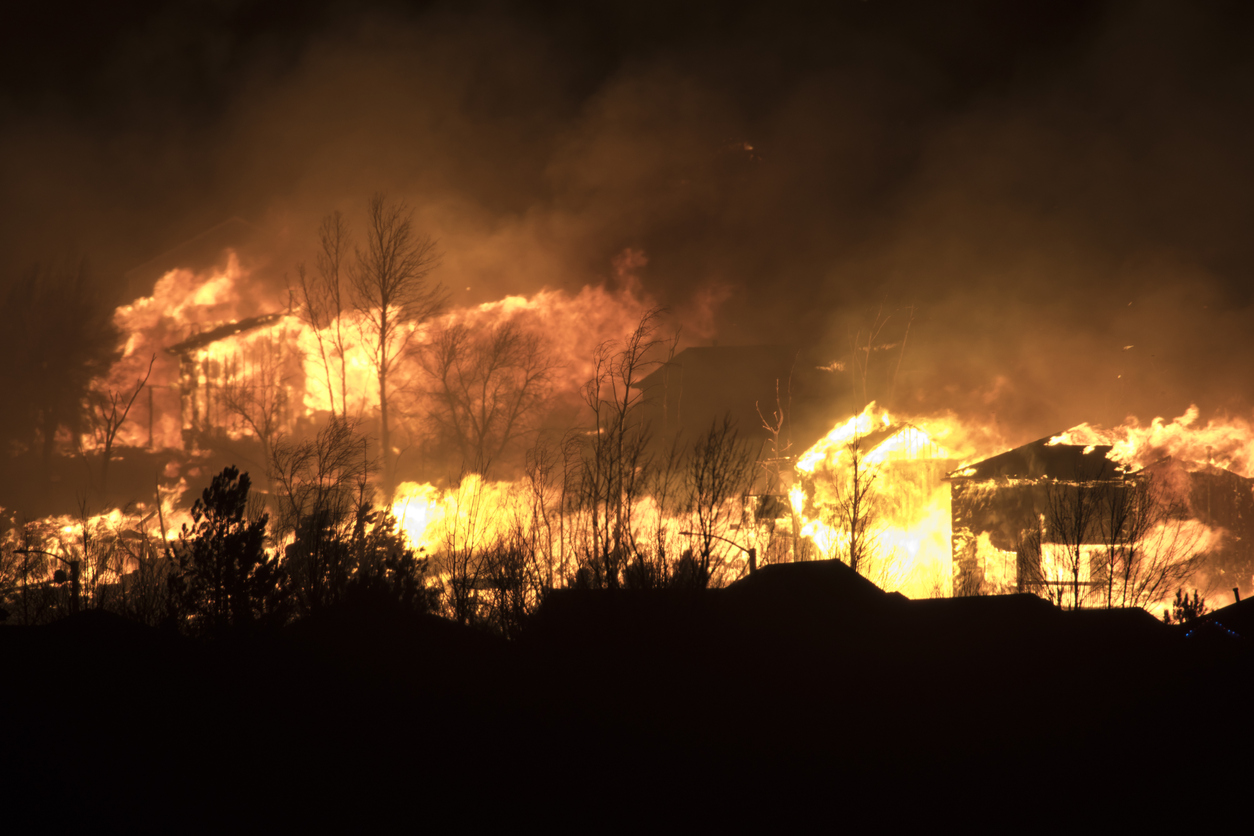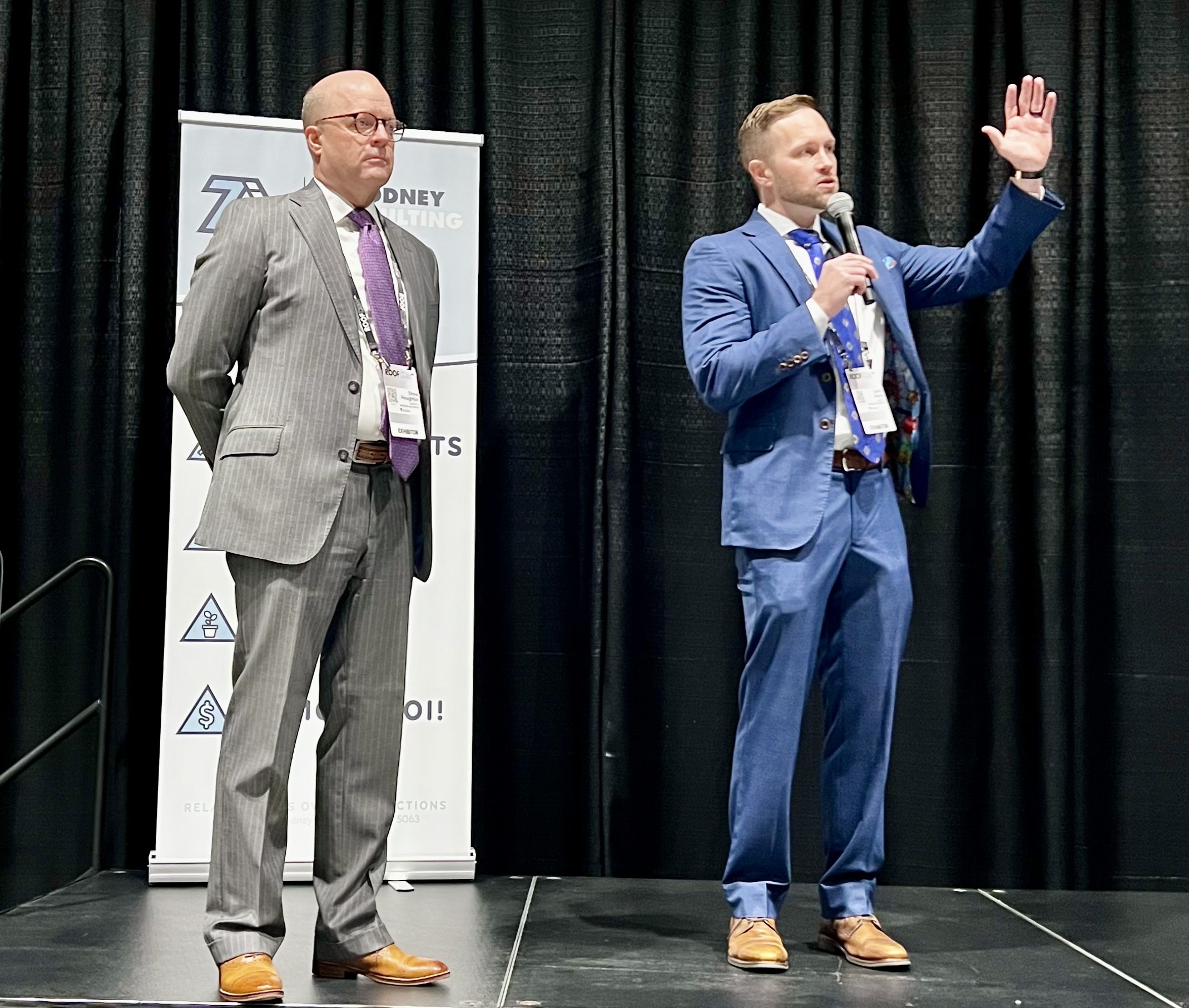(Note: This Guest Blog is by Corey Harris, an attorney with Merlin Law Group in the Tampa, Florida, office. This is part of a series he is writing on post-loss duties).
I have been getting numerous calls from homeowners and public adjusters regarding supplemental claims from Hurricane Wilma. While many of these claims are getting paid promptly and properly, many are not. There are a variety of reasons that these claims are being denied, but the predominate problem I run across is that the insured does not have a record of the repair expenses for work previously performed.
Besides having a duty to take all reasonable measures to protect the property from further damage, an insured also has an obligation to keep an accurate record of repair expenses. Failing to do so could be considered a breach of the insured’s duties after loss and may lead to the claim being underpaid. See Starling v. Allstate Floridian Insurance Company, 956 So.2d 511 (Fla. 5th DCA 2007) (holding insured had breached the insurance contract by failing to submit a record of expenses and proof of loss).
This certainly does not mean that if an insured does not have every receipt or invoice the entire claim will be denied, and an insured should NEVER create a fraudulent invoice in an attempt to satisfy an insurer’s request. Everyone is human and will misplace a receipt from time to time. This does not necessarily result in the claim denied or severely underpaid, but a lack of documentation for repair expenses can cause problems.
Problems arise when the claim is brought or re-opened many years after the storm. One situation I hear often is that the insured received benefits for roof repair but later found that the repairs were inadequate and replacement was the only way to fix the damage. When this happens, the first question the insurance company usually asks is: “Where are the receipts for the previous work?” If the policyholder can show the insurer documentation that the recommended work had been performed, the insurer is more likely to pay for replacement of the roof than if the documentation does not exist.
On the other hand, if the policyholder does not have any documentation of the repair, the insurer is less likely to agree to pay for the replacement of the roof. The insurer will probably question whether the work was performed by a qualified professional or whether the work was even done at all. If an insured cannot show the receipts for what work has been performed, the insurer commonly argues that the damages are the result of the policyholder’s failure to mitigate or repair the damages in the first place, and not the result of the entire roof being damaged from an insured event.
So what is the best practice for policyholders to follow when it comes to a loss? Pay attention to the details and do the best you can to retain documentation of repairs even after the property has purportedly been put back into pre-loss condition. Keeping a separate folder with receipts, invoices, and estimates relating to the claim is always a good idea. Similarly, keeping a timeline of the events surrounding the claim is also very helpful and should consist of the repairs performed and also the individuals involved. Keep this information in one place so that it can be easily located without having to dig through old boxes stacked up in the attic.
I know what most policyholders out there are thinking: “I won’t have a supplemental or re-opened claim in the future so this won’t apply to me.” While this may be true, as with other things in life, hope for the best but plan for the worst.



